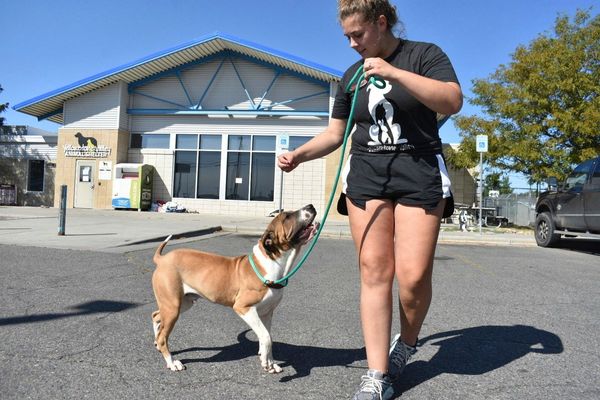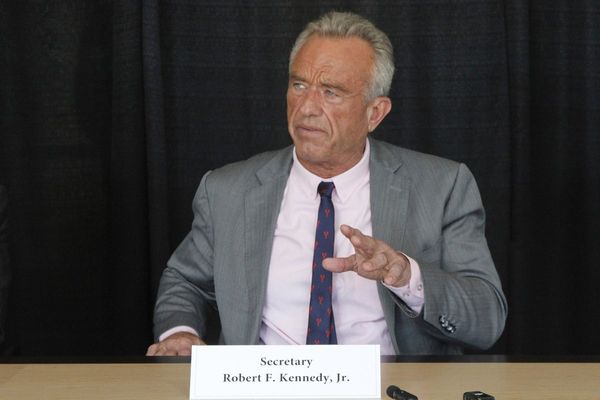
Australia’s banks have only passed on about three-quarters of the increase in interest rates since May 2022 to depositors, while debt repayments by borrowers still have further to rise, a senior Reserve Bank official says.
The RBA’s cash rate has risen by 400 basis points since the central bank began lifting rates. The increase for deposits – roughly 300 basis points – is in line with previous phases of interest rate rise, and compares favourably with New Zealand and the US where the proportion passed by banks has been 50% and 35%, according to the assistant governor Christopher Kent.
“Among other things, this difference [between economies] may reflect Australian banks’ focus on variable-rate borrowing and lending,” Kent said in a speech on Wednesday.
For borrowers, the share of household disposable income going to debt repayments had risen from 7% to almost 10% during the past 17 months. That share exceeded the peak reached in 2008 when the cash rate was 7.25%, he said, adding that households with large mortgages were paying a much large proportion of income on debt servicing.
“Required payments will continue to rise a little further in the period ahead as fixed-rate loans taken out during the pandemic reach the end of their fixed-rate period,” he said.
About half of the loans on low fixed interest rates have now adjusted to higher rates as their terms expired, with the rest due to roll over during the next 12 months.
Kent’s speech detailed the ways that higher interest rates work to slow demand in the economy and helped lower inflation. The RBA left its cash rate unchanged for a fourth month in a row in October and financial markets are betting it will stay put again at its November rates meeting.
“Many borrowers have had to cut back on spending to meet higher mortgage payments, while also feeling the pain of rapidly rising living costs,” he said. “Businesses with high levels of debt may also have reined in their investment spending.”
The RBA estimated that lifting the cash rate from 0.1% to 4.1% now would have reduced overall household spending by about 0.4% to 0.8% a year through the so-called cash-flow channel. Similarly, Kent said, RBA modelling indicated the rate rises would contribute to business investment being about 4% lower than otherwise after two to three years.
Higher interest rates also dented the value of stocks, properties and other assets, reducing spending via the so-called wealth effect.
“For Australia, various estimates suggest that each 1% decline in wealth results in a fall in consumption of around 0.1 to 0.2%, well within the range of estimates for other countries,” Kent said, adding that rising population had lately halted the slide in home values.
Another way higher interests was sapping demand in the economy was by reducing the ability of households and businesses to take out loans.
“The increase in the cash rate since May 2022 has seen the borrowing capacity for a typical household fall by around 30%,” Kent said.
“Accordingly, housing loan commitments have fallen by around the same amount since early 2022, although other factors such as lower demand for credit may also be playing a role.”
Concluding his speech, Kent said: “The lags of transmission mean that some further effects of rate increases to date are still to be felt through the economy, which will provide further impetus to lower inflation in the period ahead.”
Still “some further tightening of monetary policy may be required to ensure that inflation, which is still too high, returns to target in a reasonable timeframe”, he said.
In later comments, Kent said it was too early to say whether higher housing prices would be “problematic” for interest rates in driving people to spend more. While it was “a bit different” from previous periods of rising rates, sales volumes were still “fairly low” and banks had pared back how much they were lending to households.
“It’s hard to see that environment being a major concern but it’s still something we’d be watching,” he said.







